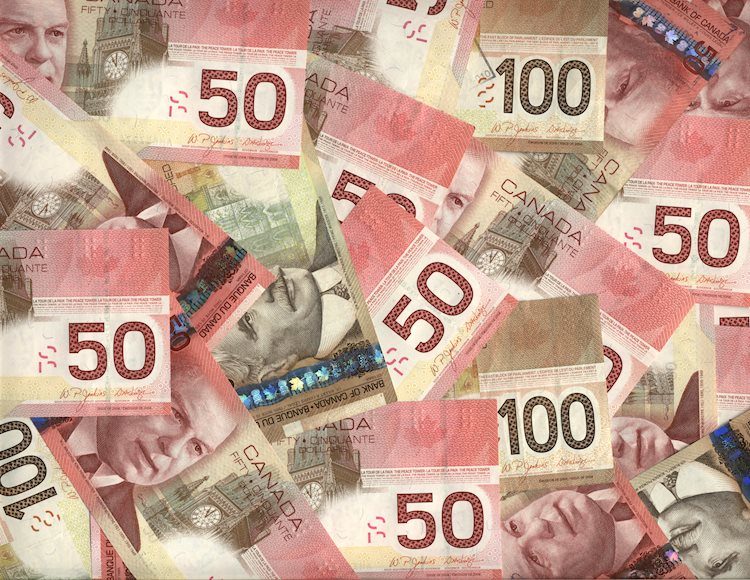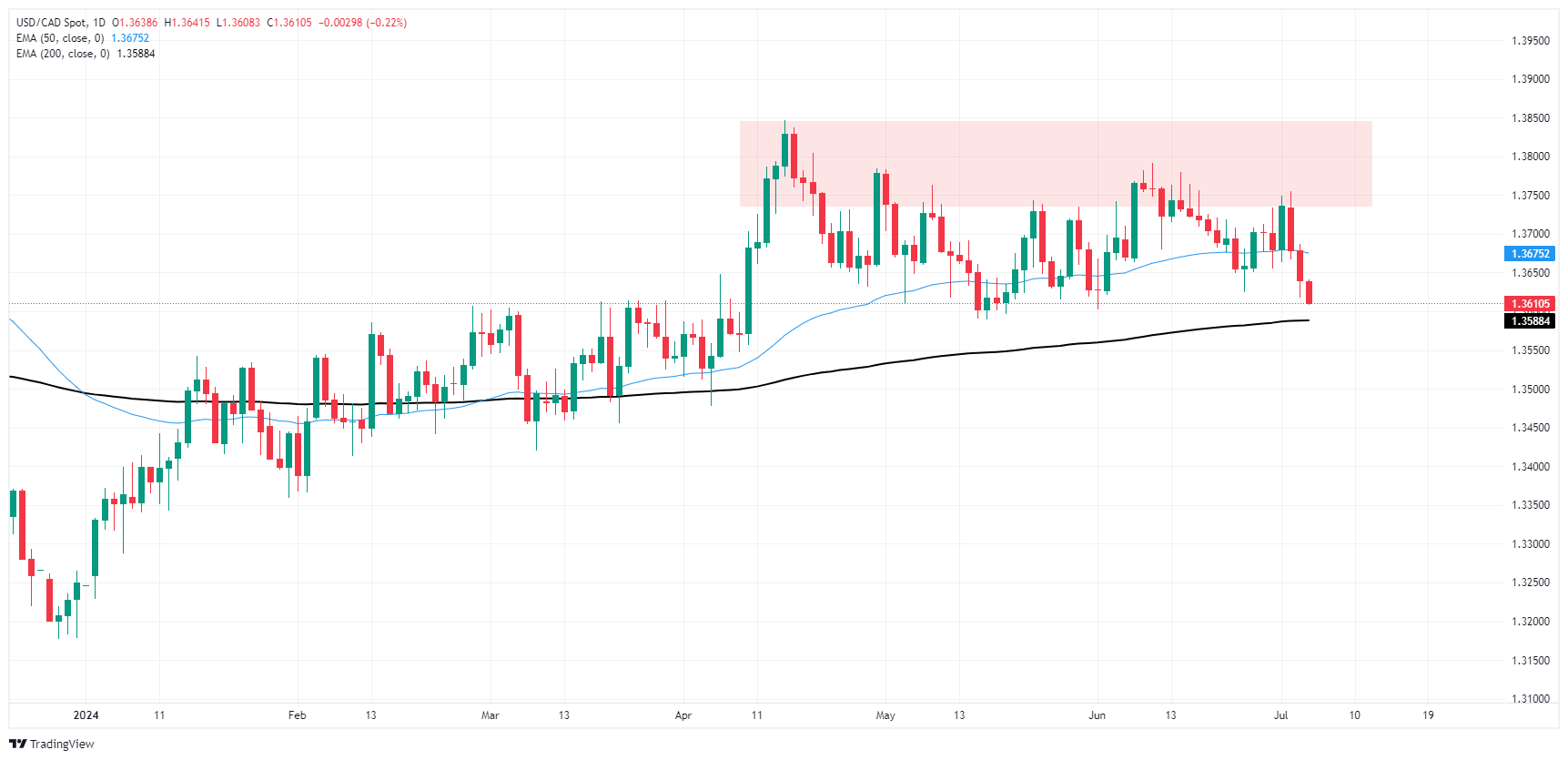Jobs
Canadian Dollar chalks up third gainer in a row as US NFP jobs report looms ahead

- Canadian Dollar stretched into a third day of gains against the Greenback.
- Canada is absent from the economic calendar on Thursday.
- US markets are also shuttered for the holiday, leaving a lull in market volume.
The Canadian Dollar (CAD) rose into a third consecutive day of gains against the US Dollar as Thursday markets grind away quietly. A lack of notable data has left both the CAD and the USD adrift, giving market participants a breather before Friday’s heady US Nonfarm Payrolls (NFP) jobs data dump.
Canada and the US are both absent from the economic calendar on Thursday. US markets are darkened for the Independence Day holiday, while Canada has nothing useful to say. Friday is set to be a volatile capstone on the trading week, with US NFP set to eclipse Canadian labor figures entirely.
Daily digest market movers: Canadian Dollar eases into higher gains on tepid Thursday
- Market focus will shift to Friday amid a flat Canadian release schedule and US holiday.
- June’s Canadian Net Change in Employment is expected to ease to 22.5K from the previous 26.7K.
- The Canadian Unemployment Rate is forecast to tick higher to 6.3% from 6.2%.
- Annualized Canadian Average Hourly Wages for the year ended in June will also be published. Canadian wages last printed 5.2% YoY growth.
- US NFP net job gains are forecast to ease to 190K in June, down from the previous 272K.
- US Average Hourly Earnings are also expected to moderate further, forecast to tick down to 0.3% MoM in June, down from the previous 0.4%.
Canadian Dollar PRICE Today
The table below shows the percentage change of Canadian Dollar (CAD) against listed major currencies today. Canadian Dollar was the strongest against the US Dollar.
| USD | EUR | GBP | JPY | CAD | AUD | NZD | CHF | |
|---|---|---|---|---|---|---|---|---|
| USD | -0.21% | -0.14% | -0.35% | -0.21% | -0.33% | -0.29% | -0.18% | |
| EUR | 0.21% | 0.08% | -0.10% | 0.00% | -0.09% | -0.07% | 0.08% | |
| GBP | 0.14% | -0.08% | -0.21% | -0.07% | -0.18% | -0.15% | -0.05% | |
| JPY | 0.35% | 0.10% | 0.21% | 0.14% | 0.02% | 0.06% | 0.16% | |
| CAD | 0.21% | -0.01% | 0.07% | -0.14% | -0.11% | -0.05% | 0.02% | |
| AUD | 0.33% | 0.09% | 0.18% | -0.02% | 0.11% | 0.06% | 0.14% | |
| NZD | 0.29% | 0.07% | 0.15% | -0.06% | 0.05% | -0.06% | 0.08% | |
| CHF | 0.18% | -0.08% | 0.05% | -0.16% | -0.02% | -0.14% | -0.08% |
The heat map shows percentage changes of major currencies against each other. The base currency is picked from the left column, while the quote currency is picked from the top row. For example, if you pick the Canadian Dollar from the left column and move along the horizontal line to the US Dollar, the percentage change displayed in the box will represent CAD (base)/USD (quote).
Technical analysis: Canadian Dollar claws back further ground from Greenback
The Canadian Dollar (CAD) is shifting moderately higher on Thursday, climbing around one-fifth of one percent against the US Dollar (USD). The CAD also gained a scant one-tenth of one percent against the Pound Sterling (GBP) and the Swiss Franc (CHF), but shed around the same against the recovering Japanese Yen (JPY).
USD/CAD is grinding lower, dropping away from Thursday’s early high bids around 1.3640, heading for the 1.3600 handle. A clean downside break of 1.3600 sets the pair up for a renewed challenge of the 200-day Exponential Moving Average (EMA) at 1.3588. Daily candles have collected a significant amount of bearish pressure from a supply zone baked in above 1.2750, and USD/CAD bids are getting squeezed into a high-pressure zone just above long-term moving averages.
USD/CAD hourly chart
USD/CAD daily chart
Economic Indicator
Nonfarm Payrolls
The Nonfarm Payrolls release presents the number of new jobs created in the US during the previous month in all non-agricultural businesses; it is released by the US Bureau of Labor Statistics (BLS). The monthly changes in payrolls can be extremely volatile. The number is also subject to strong reviews, which can also trigger volatility in the Forex board. Generally speaking, a high reading is seen as bullish for the US Dollar (USD), while a low reading is seen as bearish, although previous months’ reviews and the Unemployment Rate are as relevant as the headline figure. The market’s reaction, therefore, depends on how the market assesses all the data contained in the BLS report as a whole.










